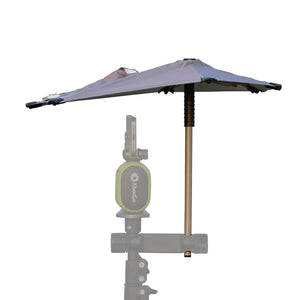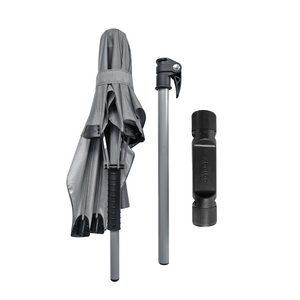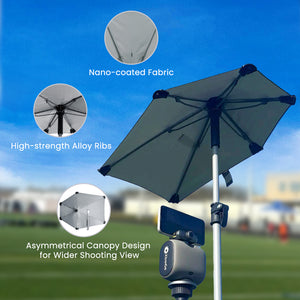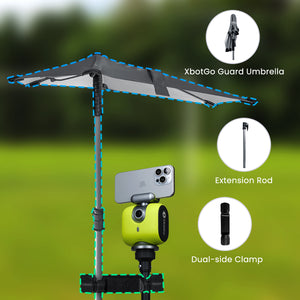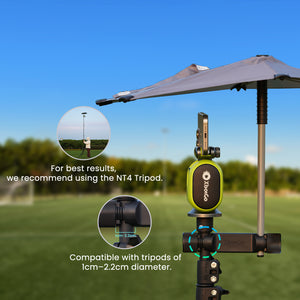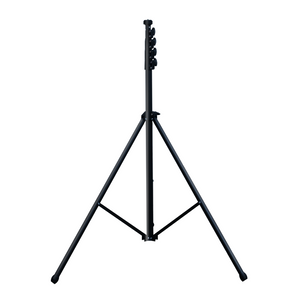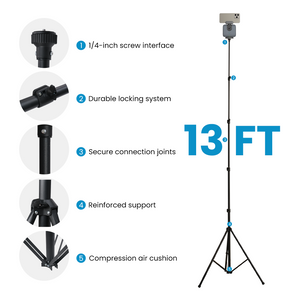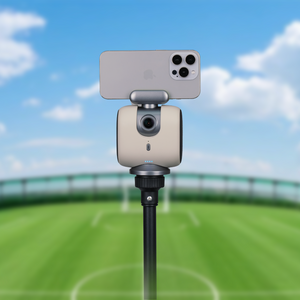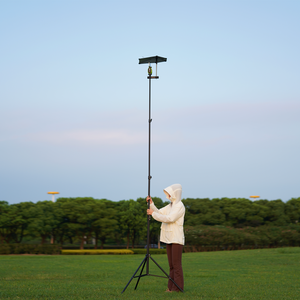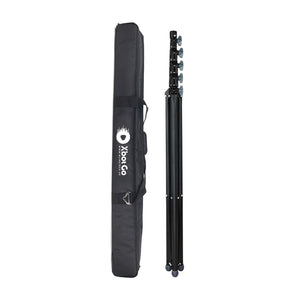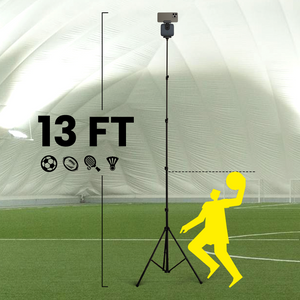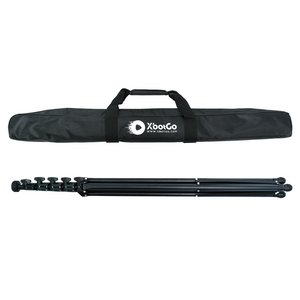XbotGo Chameleon AI Sports Camera
Soccer’s Hardest Position: Fact vs. Myth (2025 Update)
Ask any soccer player, coach, or fan about the hardest position in the sport, and you'll spark a debate that can last hours. Yet when we analyzed hundreds of player testimonials, expert opinions, and performance data across multiple platforms, one position emerged with overwhelming consensus: goalkeeper. But the complete picture reveals surprising nuances about what makes each position uniquely challenging in the modern game.

The Goalkeeper Consensus: Why Everyone Agrees
Across every platform we researched—from professional analysis to grassroots player forums—goalkeeper consistently ranked as soccer's most difficult position. The reasons go far beyond the obvious pressure of being the last line of defense.
Ashley Taylor, a goalkeeper with 15 years of experience, captures the essence: "You mess up, it's a goal. You hesitate, it's a goal. You bobble the ball, it's a goal. There's no room for luck." Unlike field players who can recover from mistakes with help from teammates, goalkeepers face immediate, visible consequences for every error.
The psychological burden is perhaps the position's defining challenge. One player summed it up perfectly: "Being a goalkeeper is like being a good person. No matter how many saves you make, they will always remember your one mistake." This sentiment echoes through professional soccer history—think of Loris Karius in the Champions League Final or David De Gea in the 2018 World Cup. Despite stellar careers, these players are often remembered for single, high-profile errors.
Modern goalkeeping has evolved far beyond shot-stopping. Today's keepers must possess the footwork of a midfielder, initiating attacks with precise distribution while maintaining traditional shot-stopping excellence. They require a unique combination of physical attributes—height, agility, reflexes—paired with mental resilience that few positions demand. The isolation factor compounds these challenges; while field players work in units, goalkeepers operate as solitary figures, making split-second decisions with no backup.
The Physical Demand Debate
While goalkeepers face unique mental challenges, the physical demands tell a different story. Wing-backs and full-backs consistently rank among the most physically taxing positions in modern soccer.
The evolution of the wing-back role has created what many consider the most demanding position physically. These players sprint the length of the field repeatedly, transitioning from defense to attack sometimes 50-60 times per match. Modern tactical systems, particularly those employing inverted wing-backs, add layers of complexity—players must understand when to provide width, when to tuck inside, and when to overlap with wingers.
Central midfielders, particularly the box-to-box variety, face their own grueling demands. As one noted, "The 8 is definitely the toughest. People don't realize it because a good midfielder makes it look near effortless, but no other player on the pitch does as much work." These players cover the most ground—often exceeding 11-12 kilometers per match—while maintaining the technical quality to control tempo and create opportunities.
The data reveals an interesting paradox: positions that appear less active often carry hidden demands. Strikers may cover less distance than midfielders, but their repeated high-intensity sprints and physical battles with defenders create a different kind of fatigue. Similarly, center-backs might enjoy "way less running" with "the whole game ahead of you," but the mental concentration required to track multiple attackers while organizing the defensive line creates its own exhaustion.
Technical Skill Requirements
Technical demands vary dramatically across positions, with some requiring almost artistic levels of skill. The central attacking midfielder, or traditional number 10, stands out as perhaps the most technically demanding role.
Creating goal-scoring opportunities in congested central areas requires exceptional vision, first touch, and decision-making. These players receive the ball with their backs to goal, surrounded by defenders, yet must instantly process multiple options. Statistics show that attacking midfielders have the highest possession turnover rates—not due to poor play, but because they attempt the most difficult passes and dribbles.
The deep-lying playmaker represents another technically specialized role. Players like Andrea Pirlo redefined this position, combining defensive positioning with the passing range of a quarterback. They must read the game several moves ahead, switching play with 50-yard passes while maintaining defensive discipline. The margin for error is minimal; one misplaced pass can lead directly to a counter-attack.
Wingers face unique technical challenges in isolation. While other positions operate within team structures, wingers often find themselves in repeated one-on-one situations. Success requires not just pace and trickery, but the consistency to beat defenders repeatedly throughout a match. The mental resilience to continue attempting dribbles after being stopped multiple times separates elite wingers from average ones.
Breaking the Myths: Why No Position Is Truly "Easy"
The common perception that certain positions are "easier" crumbles under scrutiny. Full-backs, often cited as the least demanding position, actually require an incredibly diverse skill set in modern soccer. They must defend against tricky wingers, provide attacking width, deliver quality crosses, and increasingly, invert into midfield positions during build-up play.
Context matters enormously when evaluating position difficulty. A center-back in a high-pressing team faces vastly different challenges than one in a deep defensive block. The high-line defender must possess sprinter's pace to recover when beaten, while the deep-lying defender needs aerial dominance and positional intelligence. Similarly, a striker in a possession-based system requires different skills than a target man in a direct-play team.
Age and experience also affect position difficulty. Young players often find central midfield overwhelming due to its 360-degree demands, while veterans with reduced pace might struggle more at full-back or winger. This explains why many aging wingers transition to central roles, where experience and game-reading compensate for diminished athleticism.
The Verdict
In sum, while the evidence strongly points to goalkeeping as the hardest position in soccer due to its unique mental and technical demands, every role carries distinct challenges shaped by tactics, skills, and pressure. This diversity is what makes soccer both demanding and beautiful—each position matters, and ultimate success depends on the whole team performing together.
XbotGo Chameleon AI Sports Camera
Capture every moment with AI-powered tracking. Perfect for coaches, parents, and athletes who want seamless footage without manual filming.







 Soccer
Soccer Basketball
Basketball Ice Hockey
Ice Hockey Rugby
Rugby










